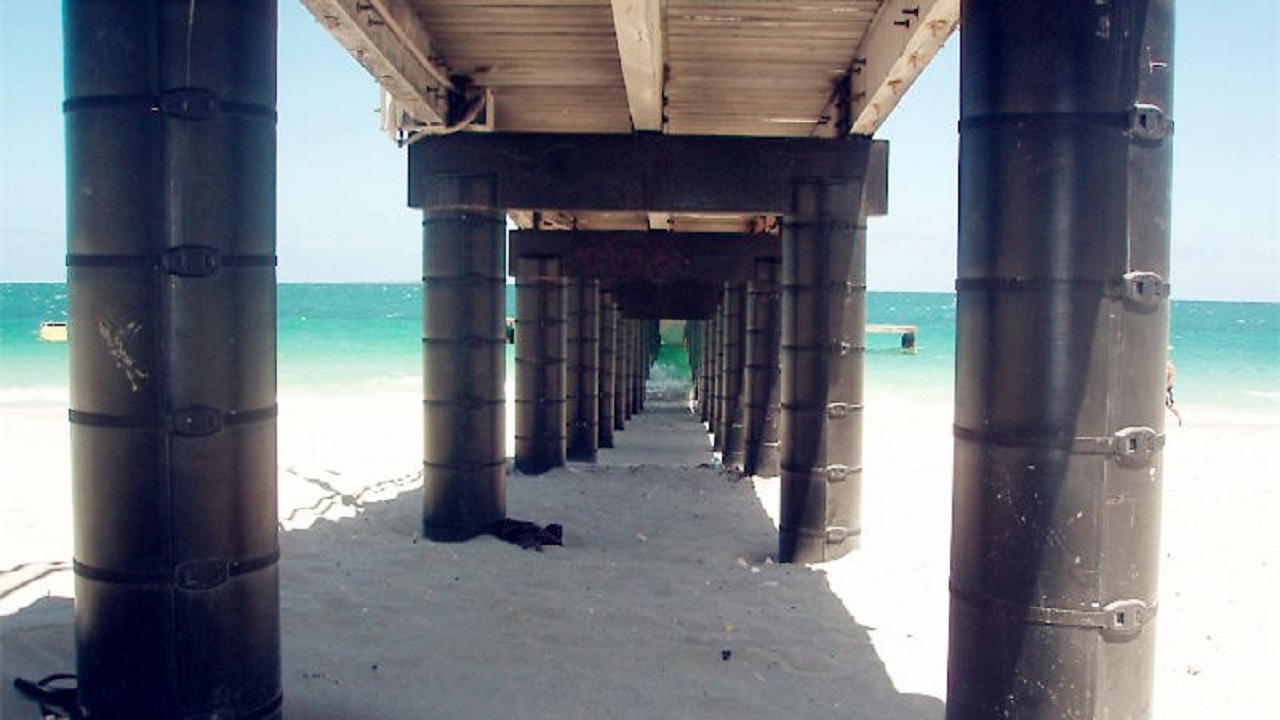In the realm of construction and civil engineering, the importance of strong and durable foundation systems cannot be overstated. One such crucial element in foundation construction is the pipe pile. Pipe piles come in various sizes. To find its applications in a multitude of construction projects, go now and see how pipe piles offer versatility and strength that make these projects indispensable in the modern construction landscape.
Sizes of Pipe Piles
Pipe piles are available in a range of sizes, allowing engineers to choose the most suitable dimensions for specific projects. Common sizes include diameters ranging from 8 inches to 120 inches and wall thicknesses that can vary based on the structural requirements. The choice of size depends on factors such as the load-bearing capacity needed, soil conditions, and the structure's overall design.
Small Diameter Pipe Piles
Small-diameter pipe piles, typically in the range of 8 to 24 inches, are often used for lighter loads or in projects with limited space. These piles are commonly employed in residential construction, smaller bridges, and waterfront structures where their compact size proves advantageous.
Medium Sized Pipe Piles
Medium-sized pipe piles, with diameters ranging from 24 to 48 inches, strike a balance between load-bearing capacity and space constraints. They are frequently used in the construction of mid-sized buildings, highway infrastructure, and marine structures. The versatility of medium-sized pipe piles makes them suitable for various applications.
Large Diameter Pipe Piles
Large-diameter pipe piles, typically exceeding 48 inches in diameter, are utilized in projects that demand substantial load-bearing capacity. These piles are common in constructing high-rise buildings, large-scale bridges, and industrial facilities. The larger diameter allows for greater strength and stability, making them ideal for supporting heavy structures.
Applications of Pipe Piles
Bridge Construction
Pipe piles play a vital role in the construction of bridges, providing strong foundation support. Their versatility in size makes them adaptable to various bridge designs, from small pedestrian bridges to large highway overpasses.
Building Foundations
In constructing buildings, especially in urban environments with limited space, pipe piles are often chosen for their ability to bear significant loads without requiring extensive excavation. They are commonly used in both residential and commercial construction projects.
Marine Structures
Due to their resistance to water and corrosion, pipe piles are frequently employed in the construction of marine structures such as docks, piers, and quay walls. The ability to withstand the harsh conditions of saltwater environments makes them an excellent choice for these applications.
Retaining Walls
In projects requiring the construction of retaining walls, where the stability of the earth is crucial, pipe piles provide an effective solution. Their ability to penetrate through various soil types ensures a solid foundation for retaining structures.
Oil and Gas Industry
Large-diameter pipe piles are commonly used in the oil and gas industry for the construction of offshore platforms. Their robustness and load-bearing capacity make them well-suited for supporting the weight of these massive structures in deep-sea environments.
Conclusion
In the dynamic world of construction, the adaptability and strength of pipe piles make them an indispensable component of foundation systems. The availability of various sizes caters to the diverse needs of different projects, allowing engineers to tailor their use based on specific requirements. Whether supporting the soaring heights of skyscrapers or bracing against the forces of the open sea, pipe piles stand as a testament to the versatility unleashed in modern construction practices. As technology and engineering continue to advance, the role of pipe piles in shaping our built environment is set to expand even further.


